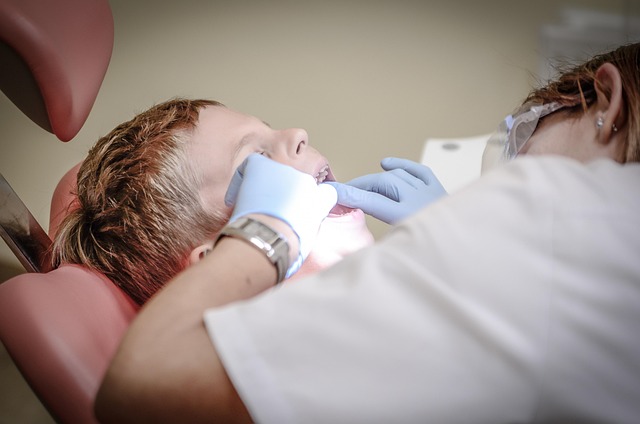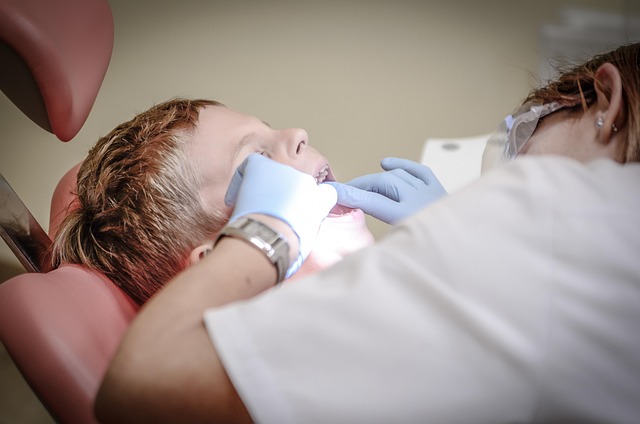Antibiotic options and what to expect during treatment for skin infection
Skin infections like cellulitis often cause pain, swelling, and visible redness. Effective treatment usually involves antibiotics to target the responsible bacteria, along with woundcare and basic skincare to support healing. Understanding typical symptoms, how diagnosis is made, and what to expect during therapy helps you recognize when to seek urgent care.

This article is for informational purposes only and should not be considered medical advice. Please consult a qualified healthcare professional for personalized guidance and treatment.
What are common symptoms and how is diagnosis made?
Typical symptoms of a skin infection include localized redness, increasing warmth, swelling, tenderness, and sometimes drainage from a wound. Systemic signs such as fever, chills, or a general sense of illness may accompany these local changes. Diagnosis generally begins with a clinical exam: a clinician evaluates the affected area, reviews symptom duration and progression, and asks about recent injuries, insect bites, or chronic conditions like diabetes. In some cases a wound culture, blood tests, or imaging may be used to confirm the presence of bacteria and assess the infection’s extent.
Which antibiotics treat bacterial skin infection?
Antibiotics are chosen based on the suspected bacteria, local resistance patterns, and patient allergies. For many uncomplicated cases, oral antibiotics that cover common skin bacteria are used. In cases where methicillin-resistant Staphylococcus aureus (MRSA) is suspected or confirmed, specific agents effective against MRSA are selected. Severe infections or patients with systemic symptoms may require intravenous antibiotics in a hospital setting. The treating clinician decides the specific antibiotic type, dose, and duration according to clinical guidelines and individual patient factors.
How do swelling and redness change during treatment?
When antibiotics and supportive care are effective, swelling and redness typically begin to decrease within 48–72 hours. Pain and tenderness should also lessen, and the area may start to feel cooler to the touch. Lack of improvement, spreading redness, increasing swelling, or new symptoms such as rising fever indicate that the infection may not be responding to the chosen treatment and warrant prompt reassessment. Follow-up evaluations help confirm that inflammation is resolving and guide any needed changes in therapy.
What woundcare and skincare steps support recovery?
Basic woundcare and gentle skincare support antibiotic therapy. Keep the area clean with mild soap and water, avoid harsh scrubbing, and protect open wounds with sterile dressings as advised by a clinician. Elevating an infected limb can reduce swelling. Avoid applying unprescribed topical substances that can trap bacteria or irritate skin. For chronic skin conditions or recurrent infections, managing underlying skin integrity—moisturizing dry skin, treating athlete’s foot, and addressing venous insufficiency—reduces the risk of future infections.
When are fever or drainage signs of concern?
Fever, increasing drainage, new or worsening pain, and rapid enlargement of redness are signs that require urgent medical review. Purulent (pus-like) drainage can indicate an abscess or more aggressive infection; in some cases, procedural drainage by a clinician is necessary in addition to antibiotics. Persistent high fever, spreading streaks from the infection site (lymphangitic streaking), or symptoms suggesting systemic illness call for immediate care, as they may reflect a more severe or bloodstream-involving infection.
Managing inflammation and what follow-up looks like
Inflammation typically subsides as the bacterial load decreases and the immune response calms. Anti-inflammatory measures such as limb elevation, rest, and, when appropriate, short-term use of pain relievers can be helpful. Follow-up depends on the initial severity: uncomplicated cases may need a single follow-up to confirm improvement, whereas severe or recurrent infections require closer monitoring and possibly referral to specialists. Completion of the full antibiotic course as prescribed is important even when symptoms improve.
Conclusion
Treating a skin infection involves a combination of accurate diagnosis, targeted antibiotics when a bacterial cause is likely, and consistent woundcare and skincare to support healing. Watch for signs of worsening infection such as increased redness, persistent fever, or drainage, and seek reassessment if symptoms do not improve within a few days. Individual treatment plans vary by patient and clinical findings, so professional medical guidance is essential.






